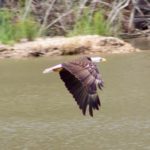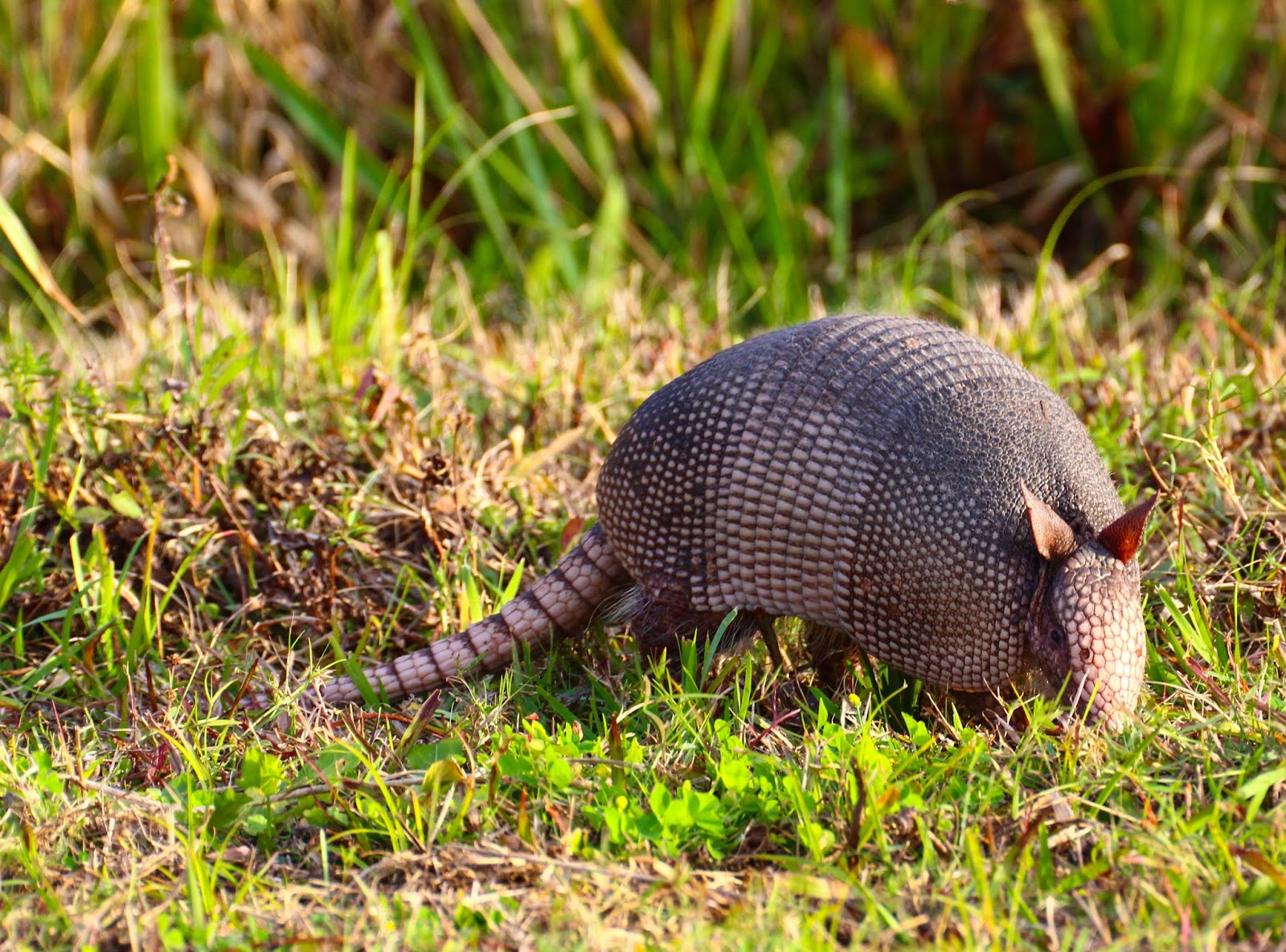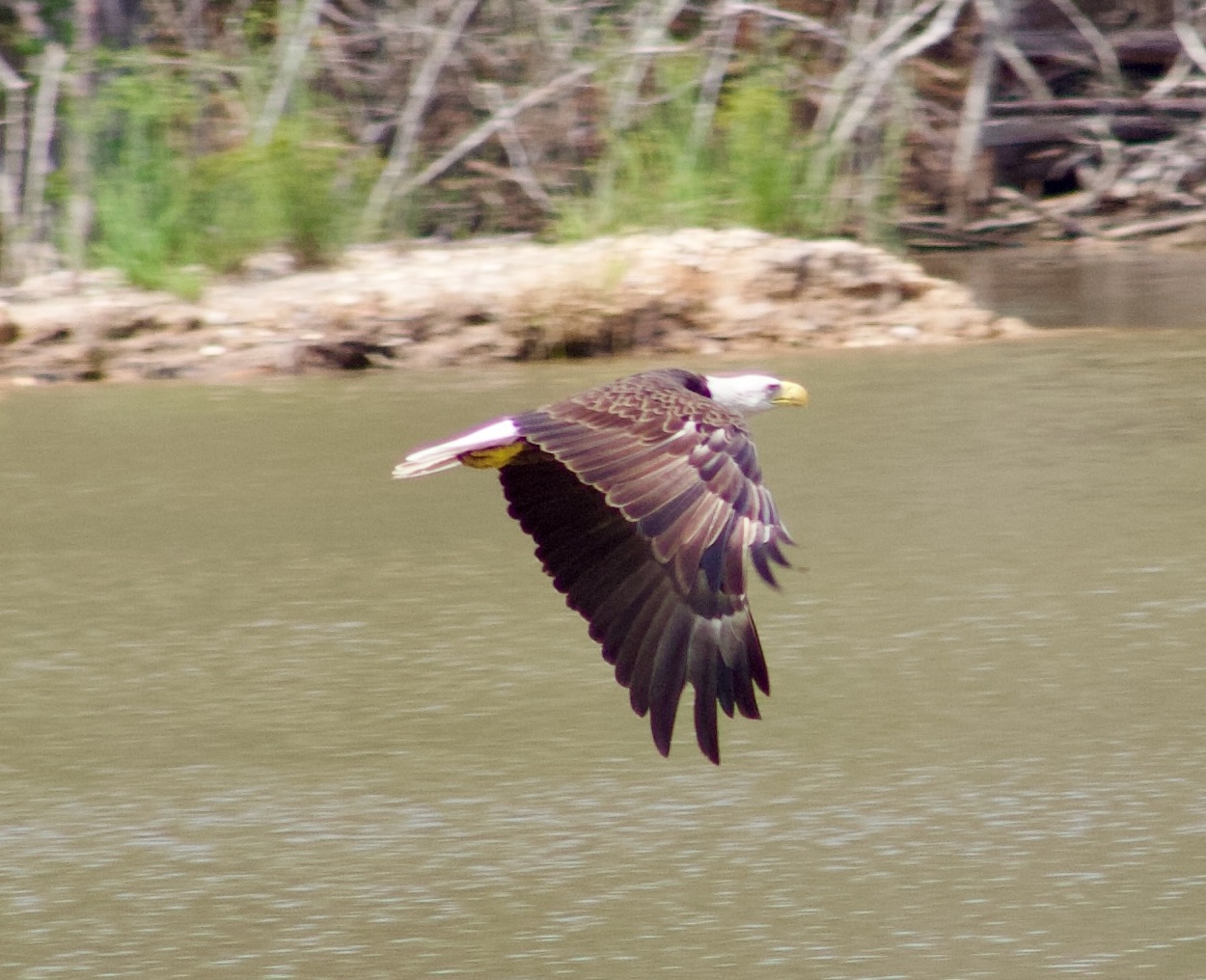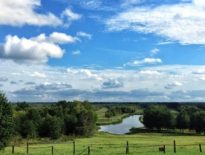One of my favorite projects as a Texas Master Naturalist, is the Great Texas Wildlife Trails (GTWT) Adopt-A-Loop program. While walking the Big Sandy Trail in the Big Thicket National Preserve, I realized that I need to familiarize myself with the common flora and fauna of East Texas so that I recognize something unusual when I see (or hear) it. I put this article together to discuss the most common flora and fauna found in East Texas, as well as an endangered species to look for.
East Texas’s Piney Woods provide a wealth of diversity in both plant and animal life. Nature lovers from all over the United States visit the region for its abundant forests and wildlife.
I. Common Flora of East Texas
The towering pines
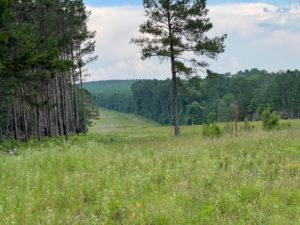
The Piney Woods in Texas has three main pines—Loblolly, Longleaf, and Shortleaf—which form the iconic backdrop of the region. The Loblolly towers up to 100ft or more, with the Longleaf and Shortleaf making up much of the rest of the landscape.
Deciduous trees
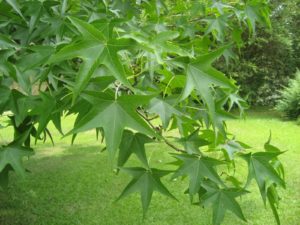
In addition to these, Sweetgum, Red, Post and Live oak trees add to the mix. Sweetgums are especially lovely in fall when their leaves turn all sorts of colors like red, orange, and yellow. Additionally, the Blackgum and River Birch show with their vibrant leaves and peeling bark. All together this unique ecosystem makes for a colorful autumn display!
Understory flora
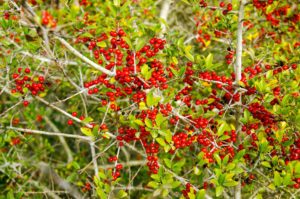
The understory of the Piney Woods is rich with smaller trees and shrubs, such as the Dogwood, Redbud, and Yaupon holly. The Dogwood’s delicate white flowers are a highlight of the spring season, while the Redbud’s vibrant pink blossoms add a splash of color to the understory. The Yaupon holly, an evergreen shrub, provides an important source of food and shelter for wildlife throughout the year.
II. Common Fauna of East Texas
Mammals
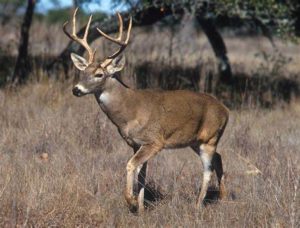
The Piney Woods is home to a diverse array of mammals, including the White-tailed deer, Eastern gray squirrel, and the nine-banded armadillo. White-tailed deer are a common sight in the Piney Woods, often spotted grazing on the forest floor. The Eastern gray squirrel is another familiar resident, known for its acrobatic antics and bushy tail. One of the more unusual looking, but common, mammals is the entertaining nine-banded armadillo.
Reptiles and amphibians
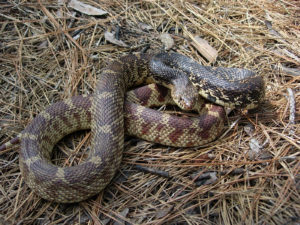
The Piney Woods is also a haven for reptiles and amphibians, such as the Eastern box turtle, Piney Woods tree frog, and the rare Louisiana pine snake. The Eastern box turtle is easily recognized by its domed shell and colorful markings, while the Piney Woods tree frog is known for its distinctive call, which sounds like a series of musical notes. The Louisiana pine snake is a secretive and elusive resident of the Piney Woods, making it a sought-after sighting for herpetologists and nature enthusiasts alike.
Birds
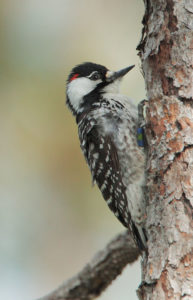
The Piney Woods is a birdwatcher’s paradise, with species like the Red-cockaded woodpecker, Brown-headed nuthatch, and the Northern Mockingbird. The Red-cockaded woodpecker is a unique and imperiled resident of the Piney Woods. It is included on the Endangered species list. The Red-cockaded woodpecker holds a special place in the Piney Woods, as it is one of the few woodpecker species that nests exclusively in living pines. The Brown-headed nuthatch is a small, charismatic bird that can often be seen climbing headfirst down tree trunks in search of insects. The Northern Mockingbird, the state bird of Texas, can be seen in open or wooded areas of the Piney Woods, where it can be heard mimicking other bird songs.
III. Conservation and Preservation Efforts
Citizen science and education: Texas Master Naturalist program and local Audubon chapters
Citizen science and education initiatives, such as the Texas Master Naturalist program and local Audubon chapters, help raise awareness of information such as the uniqueness of the Red-cockaded woodpecker and how the loss of habitat affects them. They also help promote conservation efforts in the Piney Woods. The Texas Master Naturalist program trains volunteers to become stewards of the state’s natural resources, while local Audubon chapters engage bird enthusiasts in conservation and education projects throughout the Piney Woods region.
Conclusion
The Piney Woods of East Texas is a treasure trove of biodiversity, with unique flora and fauna that capture the imagination of nature lovers and conservationists. By learning about and participating in local conservation efforts, we can help ensure that the wonders of the Piney Woods are preserved for generations to come.


